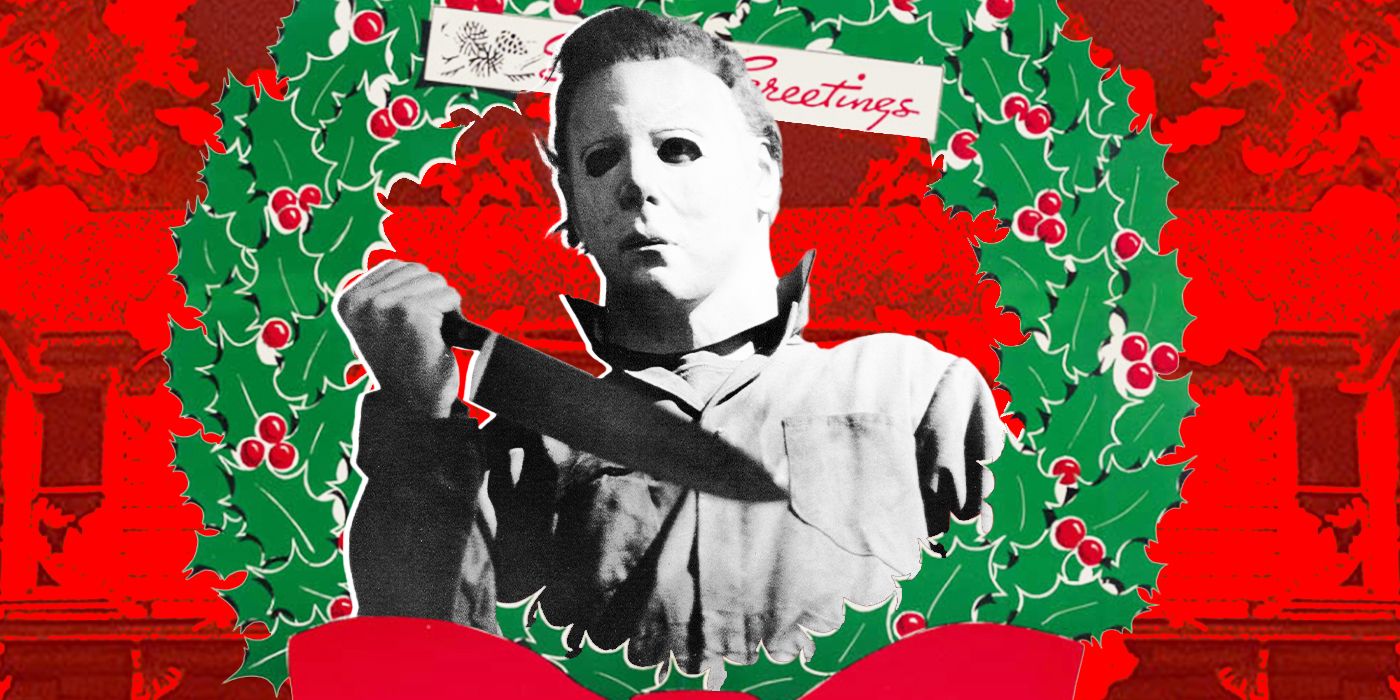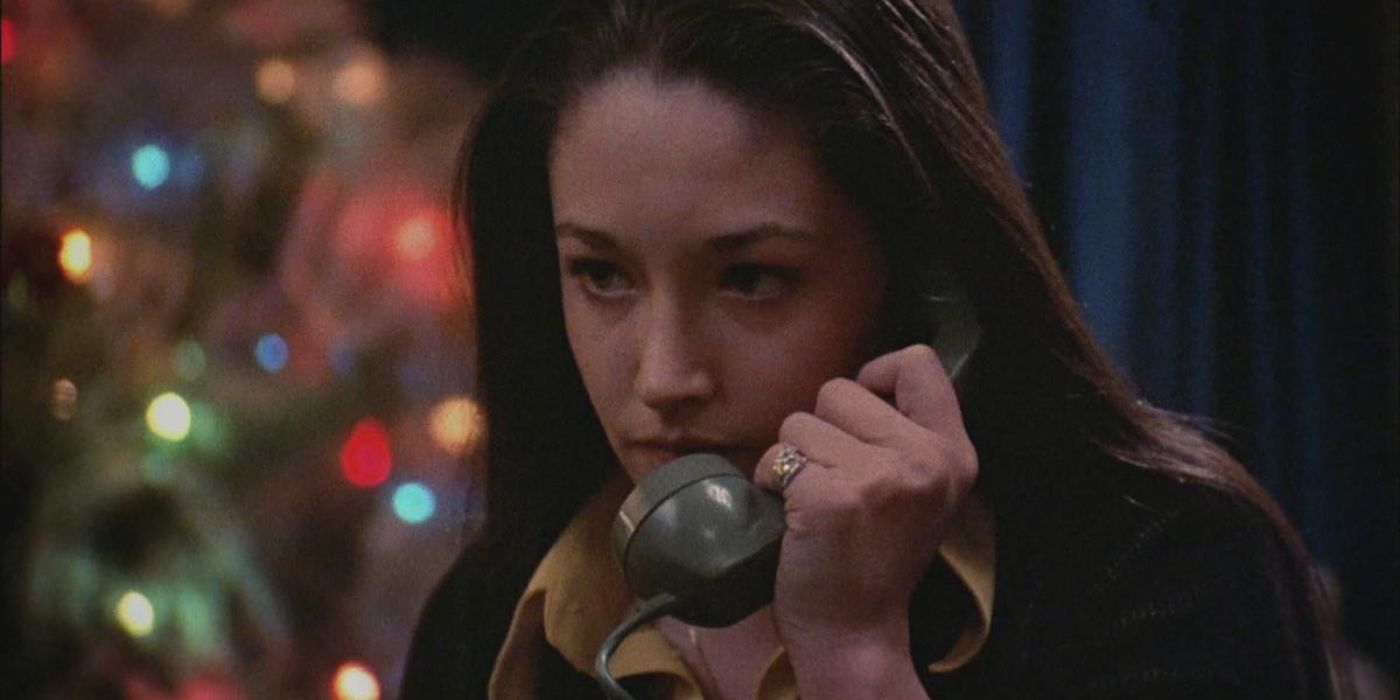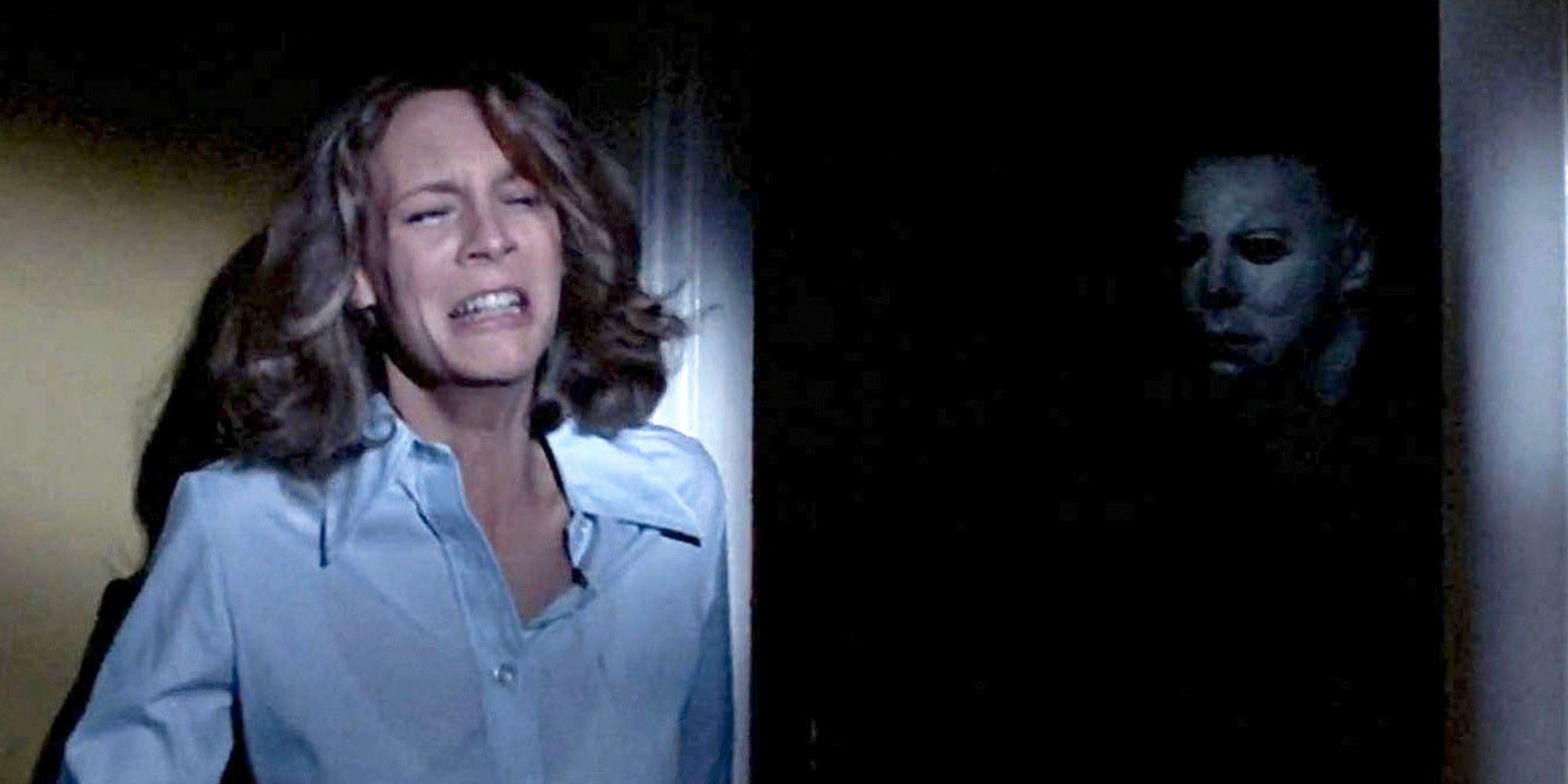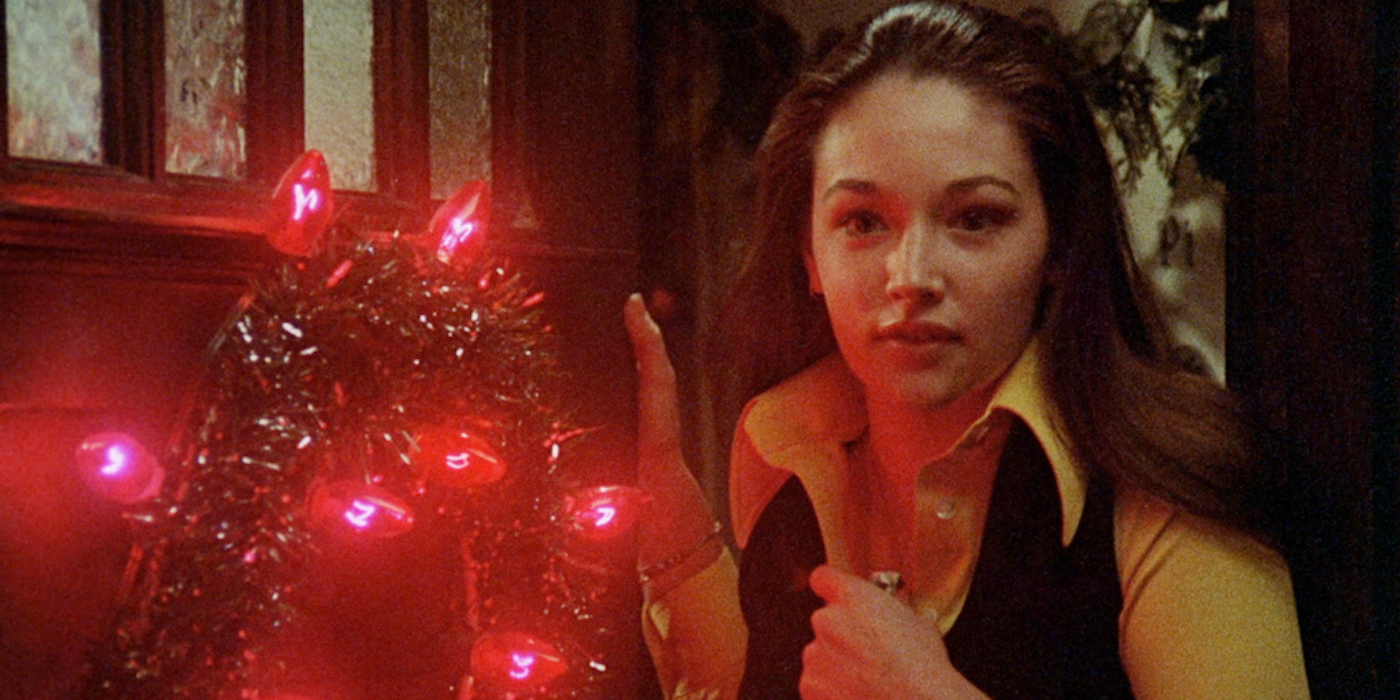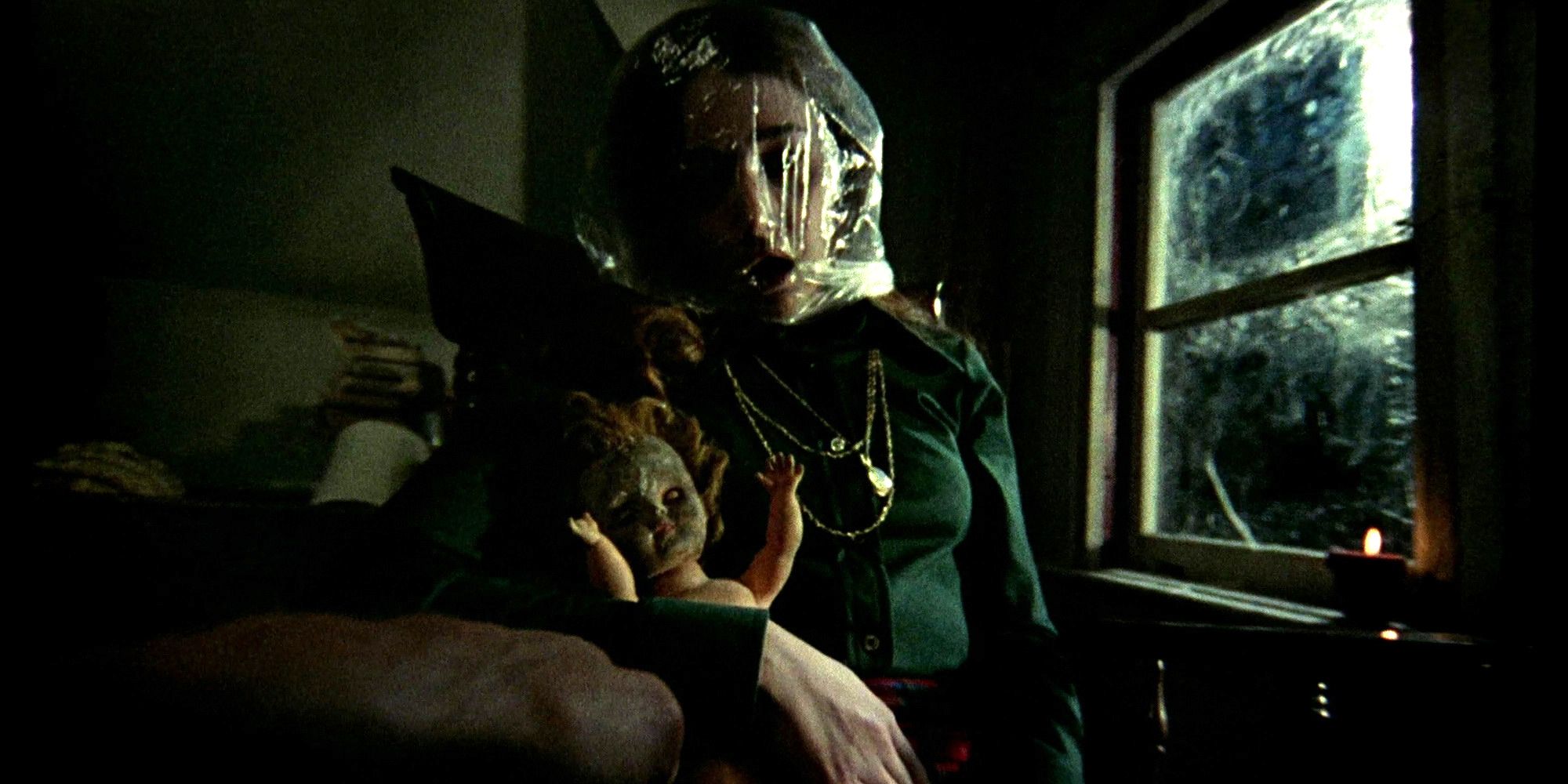When looking at the history of the slasher genre, it seems to start for many with John Carpenter’s Halloween in 1978. Yes, there was Alfred Hitchcock’s Psycho in 1960, but it’s remembered more as a psychological film rather than as a straight-up slasher. There was also Tobe Hooper’s The Texas Chain Saw Massacre from 1974, but there is so much madness going on, that to label it as simply a slasher is to do it an injustice. Halloween started the phenomenon that would carry horror through the 1980s, of a masked madman hunting down teenagers until only the final girl is remaining. While Halloween is no doubt a classic that deserves all the accolades it gets, it’s also not the first to deliver horror in such a way. Four years earlier, Bob Clark did it first with Black Christmas, and one fateful conversation with John Carpenter may have inspired the latter’s own creation.
The late Bob Clark’s most famous films aren’t in the horror genre. Black Christmas isn’t even his most popular Christmas movie. That distinction would go to 1983’s A Christmas Story. Also known for the 1981 raunchy comedy, Porky’s, Clark got his start in horror with 1972’s Children Shouldn’t Play With Dead Things and 1974’s Deathdream. It would be the second film he made in 1974, however, that would alter the genre.
What Is 'Black Christmas' About?
Black Christmas tells the tale of a madman, referring to himself as Billy, who has broken into a sorority house and found shelter in the attic. While there, he makes maniacal prank phone calls from the home’s second line to the unsuspecting women standing just feet below him. He then slips out of the attic at several points and begins to kill everyone in the house one by one. It’s a frightening film, with a killer whose face we never see, whose identity is never revealed. The scariest part undoubtedly are the phone calls. They’re nonsensical, yet violent and foul, with Billy speaking in multiple implausible voices. Before it would influence Halloween, Black Christmas would start the “calls are coming from inside the house” trope that somehow gets more attention with 1979’s When A Stranger Calls, even though Black Christmas did it first and better.
The best proof of Black Christmas’ influence on John Carpenter and his vision for Halloween comes from Bob Clark himself. In the 1970s, Clark and Carpenter were friends who admired each other’s work. One question from Carpenter to Clark about Black Christmas may be responsible for what would later become the slasher boom.
How Bob Clark Inspired 'Halloween'
In 2005, in an interview with Icons of Fright, Clark was asked if there were ever plans for a sequel to Black Christmas. “No, I never intended to do a sequel,” he said. “I did a film about three years later, started a film with John Carpenter, it was his first film for Warner Bros. (which picked up Black Christmas), he asked me if I was ever gonna do a sequel and I said no. I was through with horror, I didn’t come into the business to do just horror. He said, ‘Well what would you do if you did do a sequel?’ I said it would be the next year and the guy would actually been caught, escape from a mental institution, go back to the house and they would start all over again. And I would call it Halloween.”
Sound familiar? John Carpenter’s Halloween starts with six-year-old Michael Myers killing his sister on Halloween night in 1963. Fifteen years later, again on Halloween night, he escapes from a mental institution, goes back to his abandoned childhood home, and starts to kill again. Clark’s sequel idea and what Carpenter did are exact.
The similarities don’t end at this quote. While Carpenter has never said if he was inspired by Black Christmas and Bob Clark’s sequel idea, evidence can be found of Clark’s influence when comparing the two films with each other. Halloween famously opens with the killer’s POV, using an early Steadicam shot that tracks the killer as he walks up to a house at night, enters the home, takes out a knife, walks upstairs, puts on a mask, and stabs a teenage girl to death, before walking back downstairs and outside. The shot ends when the mask is pulled away and a young boy is revealed to be the murderer.
Similarities Between 'Halloween' and 'Black Christmas'
Black Christmas also begins with an opening from the killer’s eyes. This was before the Steadicam, so here the camera operator designed a rig and attached it to his head. It’s used to give us the shot of Billy walking up to a sorority house at night, before climbing a trellis and entering the home through an attic window. Halloween would have more POV shots from Michael’s perspective peppered throughout the film, as would Black Christmas.
The resemblance of Halloween to Black Christmas doesn’t stop at clever camera tricks. There are many similarities to be found in the actual story as well, outside of Clark’s sequel synopsis. Many can be found in the antagonist for each film. Both killers hide in the shadows. While Billy may not wear a mask like Michael Myers does, we never see his face outside of quick darkened glimpses. Most importantly, neither seemingly have a motive, which makes them all that much more scary. Sure, Michael Myers never speaks and Billy never shuts up, but while Michael can’t voice the reason for his rage, Billy’s words are incoherent psychosis that the audience can’t make sense of. His words are proof more of how deranged he is than of a motive.
Another big similarity can be found in the fate of both killers. Black Christmas ends with a suspect being killed by our final girl, Jess (Olivia Hussey). As she lies in bed, suffering from shock, the police who have come to rescue her leave to help someone else, leaving Jess all alone. It’s then that the phone starts ringing again. The wrong man has died and Billy is still alive. As the camera pulls away from the house, the phone keeps ringing, leaving us with an open ending. Does Billy come down from the attic and kill Jess? Does he get away?
Halloween doesn’t give us an identity swerve, but after Laurie Strode (Jamie Lee Curtis) repeatedly attacks Michael Myers and Dr. Loomis (Donald Pleasence) shoots him off a balcony, it’s revealed that Myers has disappeared. He has walked away and survived. The last shots take us everywhere Myers has been on this night, with his heavy breathing playing in the background, pulsing like, say, the ringing of a telephone. Where did Michael go? Will he kill again? Will he be caught?
But It's Not a Ripoff
That does not mean that Halloween is a ripoff of Black Christmas. This isn’t a blatant case of copying, such as how Friday the 13th admittedly tried to clone Halloween a few years later. Even Bob Clark doesn’t think that Carpenter ripped him off, telling Icons of Fright, “No, that’s not really true. The truth is John didn’t copy Black Christmas, he wrote a script, directed the script, did the casting. Halloween is his movie and besides the script came to him already titled anyway. He liked Black Christmas and may have been influenced by it, but in no way did John Carpenter copy the idea. Fifteen other people at that time had thought to do a movie called Halloween, but the script came to John with that title on it.”
John Carpenter’s film is its own original beast that invents its own distinct terrifying monster, and despite the similarities, there are many differences between the two creations as well. Black Christmas takes place almost entirely in a sorority house, while Halloween explores suburbia. Billy speaks and is wild and chaotic, whereas Michael is quiet and calm.
John Carpenter didn’t need to steal from anyone. He’s proven countless times, through classics such as The Thing and Big Trouble in Little China, that he’s a creative and masterful filmmaker, and a brilliant musician as well. Still, did Bob Clark’s Black Christmas sequel idea stick with him and come back to him years later when opportunity arose? It sure seems a strong possibility. It’s not far-fetched, either, to say that, without Black Christmas as an inspiration, Halloween would have looked and played out differently. Black Christmas has undoubtedly inspired many films. Halloween is simply the most prominent. Though Black Christmas helped to start the slasher genre, it wasn’t the first. Halloween didn’t piggyback off its ideas either. It simply perfected them and made it mainstream.

